Beets are a gardener’s delight — colorful, nutritious, and versatile enough to thrive in almost any vegetable garden. But like most root vegetables, they don’t grow in isolation. What you plant around your beets can make a surprising difference in their growth, flavor, and pest resistance.
This is where companion planting comes in — a natural and time-tested method of arranging plants to help each other thrive. The right companions can boost your beet yield, improve soil health, and deter common pests. On the other hand, some plants compete for nutrients or attract unwanted insects that harm your beet crop.
In this detailed guide, we’ll explore the best companion plants for beets, why they work, and which ones to avoid for a healthy, balanced garden.
Why Companion Planting Works for Beets
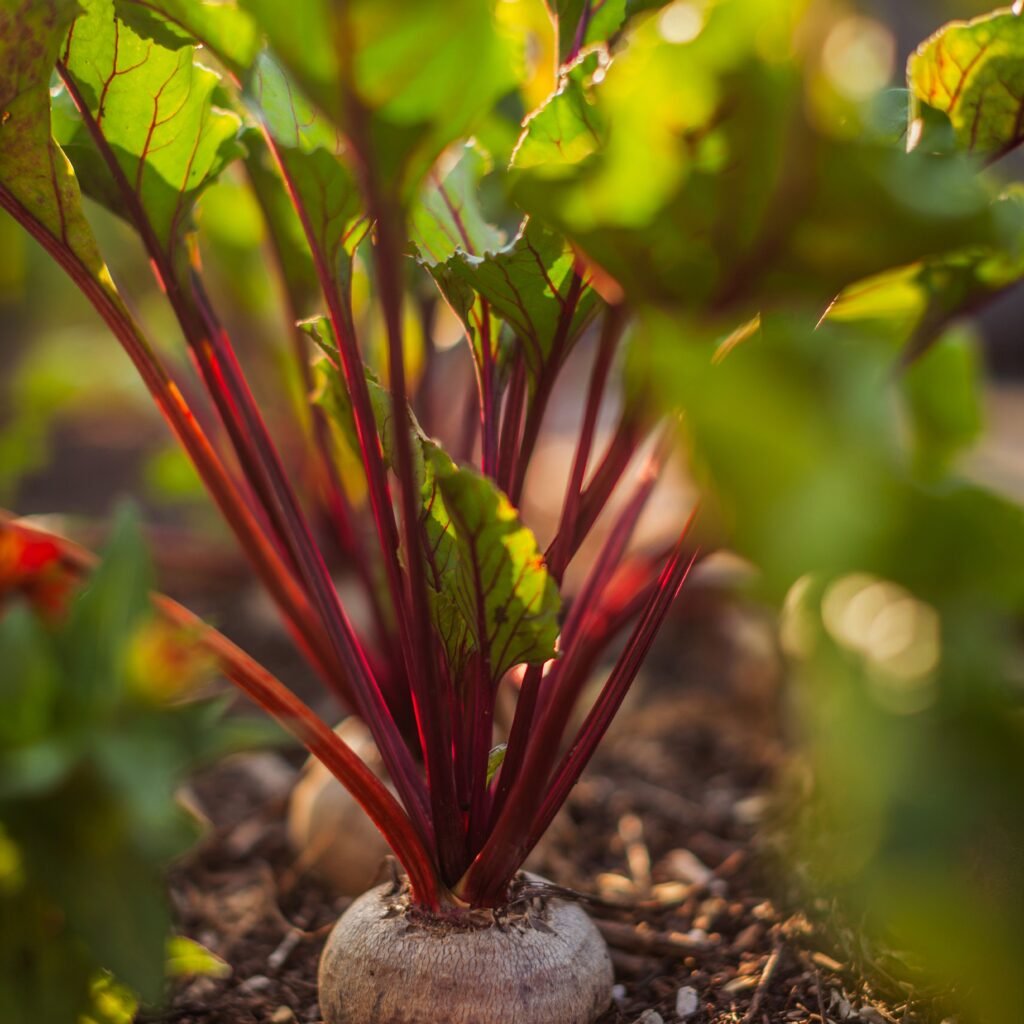
Companion planting isn’t just folklore — it’s a science-backed gardening strategy. Beets, with their deep roots and moderate nutrient needs, are well-suited to share space with certain vegetables and herbs.
Here’s what makes beets great partners in the garden:
- They grow quickly, allowing for easy interplanting with slower crops.
- Their deep taproots loosen compacted soil, helping neighboring plants access nutrients.
- They have minimal foliage, leaving room for other crops to soak up sunlight.
- Their natural chemistry can deter pests and improve nearby plant health.
By choosing the right companions, you can create a micro-ecosystem where everything thrives — naturally.
The Best Companion Plants for Beets
1. Onions, Garlic, and Chives — Natural Pest Repellents
Allium family members like onions, garlic, leeks, and chives make perfect beet companions. Their strong scent helps repel aphids, flea beetles, and leaf miners, which are common beet pests.
- Why it works: Beets and alliums don’t compete for nutrients. Beets take nutrients from deeper soil layers, while alliums feed closer to the surface.
- Bonus benefit: The sulfur compounds in onions and garlic also have mild antifungal properties, keeping soil diseases at bay.
Tip: Space onions or garlic between beet rows to form a natural pest barrier.
2. Lettuce and Spinach — Ideal Shade Companions
Leafy greens like lettuce, spinach, and arugula grow quickly and have shallow roots that won’t interfere with beet development. These plants also act as living mulch, helping retain soil moisture and suppress weeds.
- Why it works: Beets appreciate the partial shade from lettuce leaves, especially during warmer months.
- Bonus benefit: The greens can be harvested continuously, leaving room for beets to mature underneath.
Tip: Sow lettuce and spinach seeds a week before planting beets for a head start on a mixed harvest.
3. Cabbage Family (Brassicas) — Nutrient Harmony
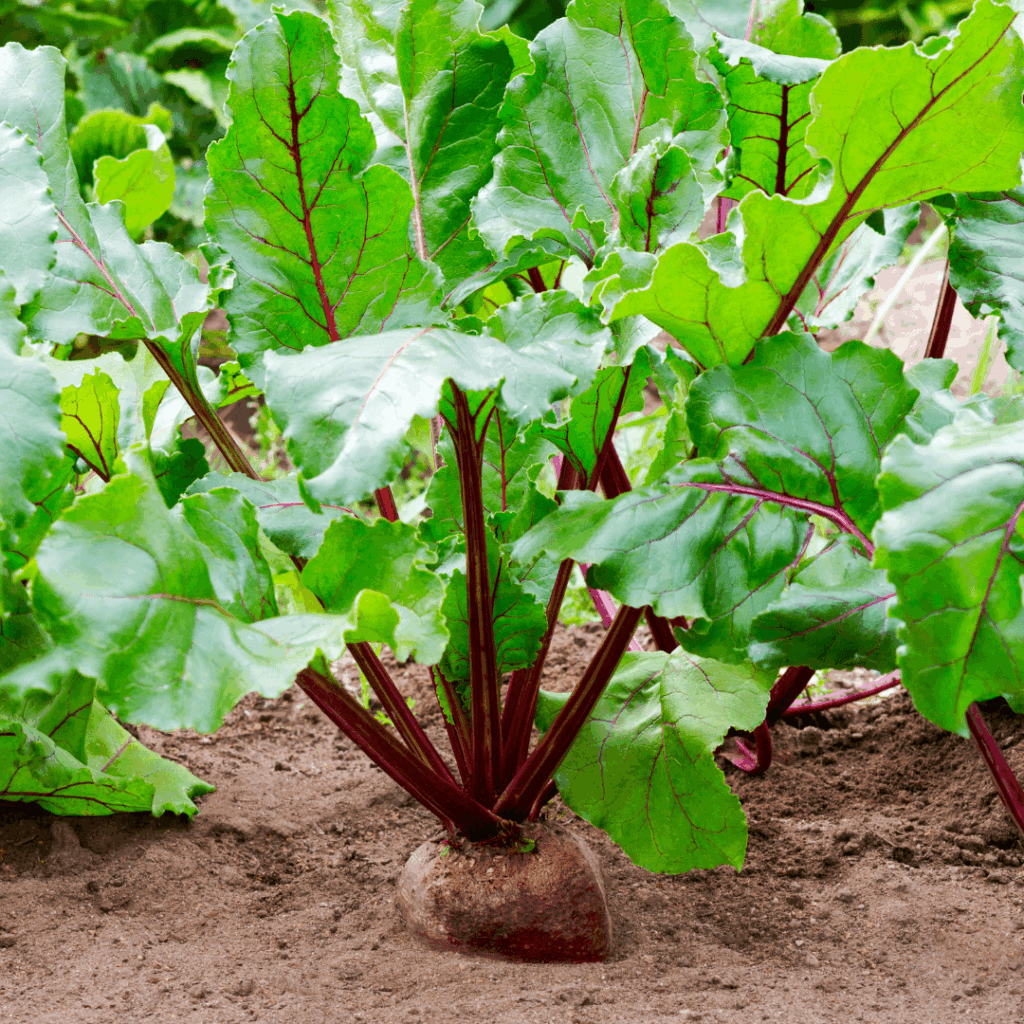
Beets grow well near members of the brassica family such as broccoli, cauliflower, kale, and cabbage. These plants have complementary nutrient needs — beets draw minerals from deeper layers, while brassicas rely on the topsoil.
- Why it works: Beets don’t compete with brassicas and can even improve the flavor of broccoli and kale.
- Bonus benefit: Beets can fill empty spaces between cabbage rows, maximizing garden productivity.
Tip: Be mindful of spacing — large brassicas can shade out young beets if planted too close.
4. Bush Beans — The Nitrogen Boosters
Bush beans and beets are a classic duo. Beans fix nitrogen in the soil, enriching it naturally — something beets love, as they need nitrogen for healthy leaf growth early on.
- Why it works: Beans feed the soil while beets focus on root growth.
- Bonus benefit: Both crops mature at different rates, allowing continuous harvests.
Avoid pole beans, though — they tend to overwhelm beets with their climbing vines.
5. Radishes — The Soil Looseners
Planting radishes alongside beets serves two purposes: quick harvests and soil aeration. Radishes mature in just a few weeks and help break up compact soil, giving beets room to expand underground.
- Why it works: Radishes and beets both enjoy similar soil and moisture conditions.
- Bonus benefit: Harvesting radishes early frees up space, reducing competition.
Tip: Scatter radish seeds among beet rows to serve as natural markers for slow-germinating beet seedlings.
6. Carrots — Compatible Root Neighbors (With Caution)
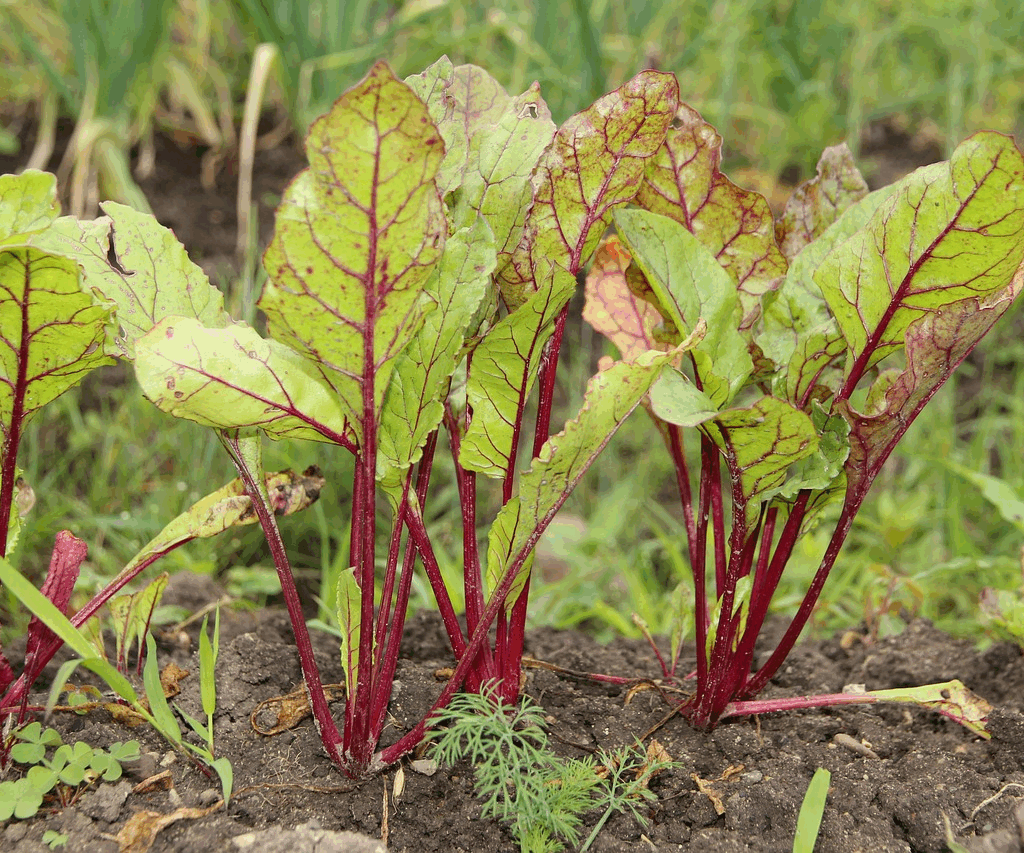
Carrots and beets can share a bed successfully if spaced correctly. Both are root crops, but they occupy slightly different soil depths — carrots grow deeper, while beets form bulbs closer to the surface.
- Why it works: Efficient use of soil layers and space.
- Bonus benefit: The combination provides a colorful, nutrient-dense harvest.
Tip: Keep at least 3–4 inches between them to prevent crowding and twisted roots.
7. Herbs — Flavor, Pollinators, and Pest Control
Certain herbs are fantastic allies for beets. They attract beneficial insects, repel pests, and can even enhance beet flavor.
- Good choices:
- Mint – repels flea beetles (grow in containers to prevent spreading).
- Thyme – deters cabbage worms and attracts pollinators.
- Oregano and Sage – act as natural insect repellents.
Why it works: Herbs create a pest-resistant microclimate without chemical sprays.
Bonus benefit: You’ll have fresh herbs for cooking — perfect with roasted beets!
8. Marigolds — The Ultimate Pest Fighter
No companion planting list is complete without marigolds. These bright flowers release a natural compound that repels nematodes, aphids, and beetles — pests that can damage beet roots.
- Why it works: Marigolds secrete thiophenes, substances toxic to root nematodes.
- Bonus benefit: They attract bees and butterflies, promoting pollination across your garden.
Tip: Interplant marigolds along the border of your beet bed for protection and color.
What NOT to Plant Near Beets
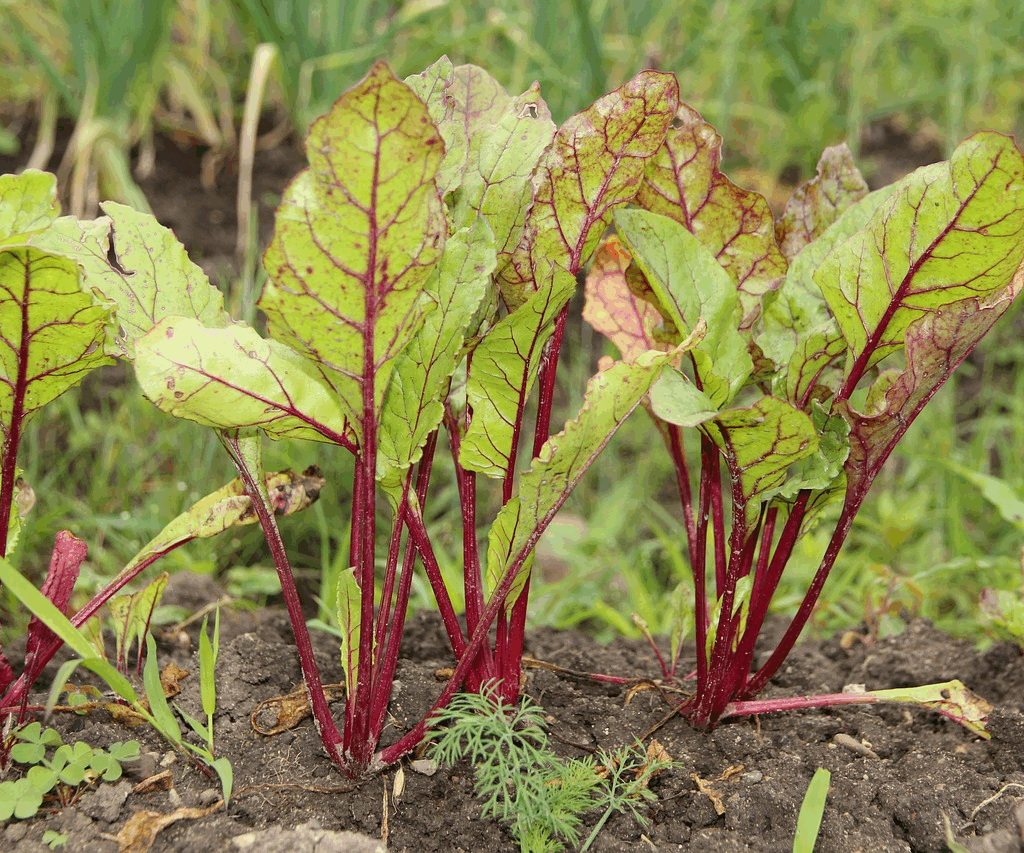
Not every plant plays nicely with beets. Some compete for nutrients, while others excrete chemicals that inhibit beet growth.
Here’s what to avoid:
1. Pole Beans and Field Beans
While bush beans are great, pole beans are too vigorous. Their tall vines can shade beets and compete for root space.
- Why it’s a problem: Beets need sunlight to develop healthy tops, which are crucial for feeding their roots.
- Result: Smaller, misshapen, or underdeveloped beets.
2. Mustard and Kale (in excess)
Although brassicas can coexist with beets, too many mustard greens or kale plants can draw away key nutrients like potassium and phosphorus that beets rely on.
- Result: Slower growth and poor root coloration.
Tip: If planting together, space generously and use compost to replenish nutrients.
3. Corn
Corn is a heavy feeder that demands lots of nitrogen — leaving little for beets. Its tall stalks can also cast too much shade.
- Result: Pale leaves and underdeveloped beet roots.
- Alternative: Grow corn near beans or squash instead, not beets.
4. Field Mustard and Charlock
These wild brassicas can host pests and diseases like root maggots and leaf miners, which easily transfer to beets.
- Result: Stunted growth and pest infestations.
5. Swiss Chard and Spinach (In Large Quantities)
Beets, spinach, and chard belong to the same plant family (Amaranthaceae). While small groupings can work, growing too many of them together increases the risk of shared pests and diseases like leaf miners.
- Result: Infestations that spread rapidly across all plants.
Tip: Rotate crops yearly to break pest cycles.
Bonus: Smart Garden Layout for Beets
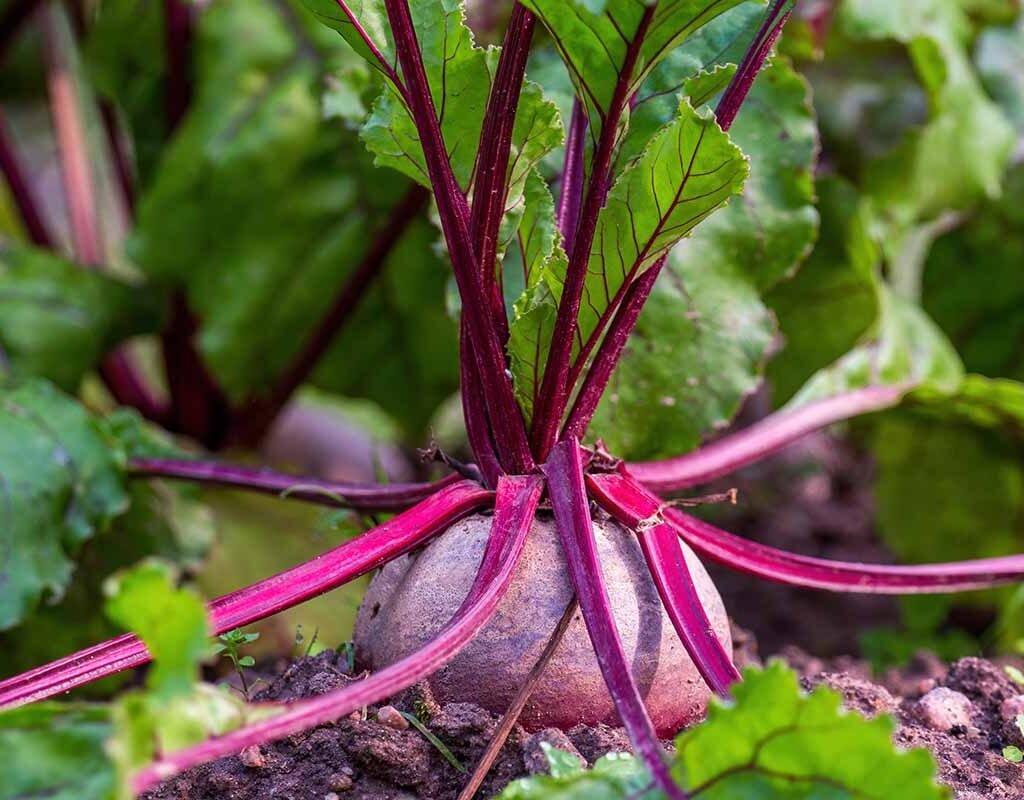
Here’s how you can plan your beet bed for maximum results:
Row 1: Marigolds (border)
Row 2: Beets and lettuce interplanted
Row 3: Onions and garlic
Row 4: Bush beans
Row 5: Carrots and radishes
This layout provides:
- Balanced nutrient use
- Natural pest control
- Diverse root depths for efficient soil use
Pro Tips for Healthy Beet Growth
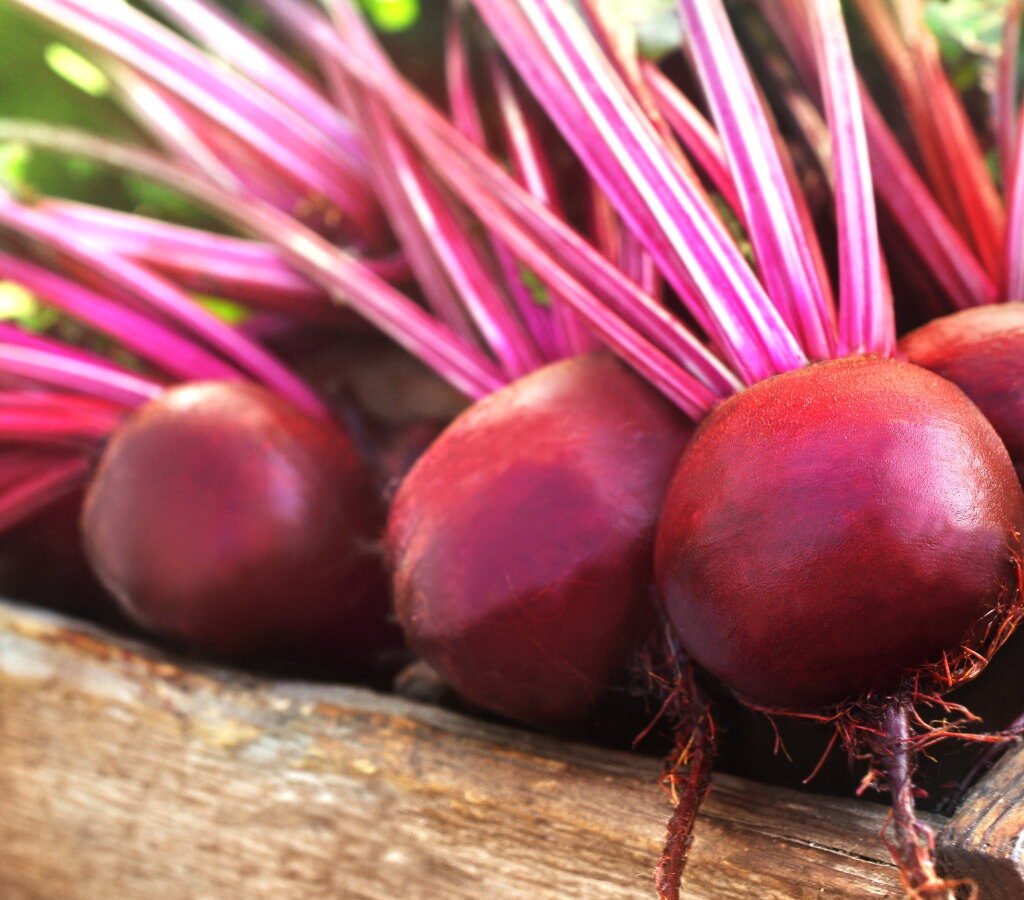
- Keep soil loose and moist — beets need consistent moisture to form round, smooth roots.
- Harvest on time — overripe beets become woody and tough.
- Mulch between rows — helps suppress weeds and retain soil moisture.
- Rotate annually — never plant beets or related crops in the same spot two years in a row.
- Watch for signs of stress — yellowing leaves or slow growth may indicate nutrient competition.
Final Thoughts
Beets may be simple to grow, but smart companion planting can make them thrive. Pairing them with pest-fighting alliums, nitrogen-fixing beans, and soil-cooling greens creates a natural harmony that leads to vibrant, sweet, and perfectly shaped beets.
At the same time, avoiding aggressive or nutrient-hogging neighbors helps keep your beet patch healthy and productive.
So next season, plan your garden with these beet-friendly companions in mind. You’ll not only get better yields but also a more balanced, eco-friendly, and beautiful garden ecosystem — one that works with nature, not against it.
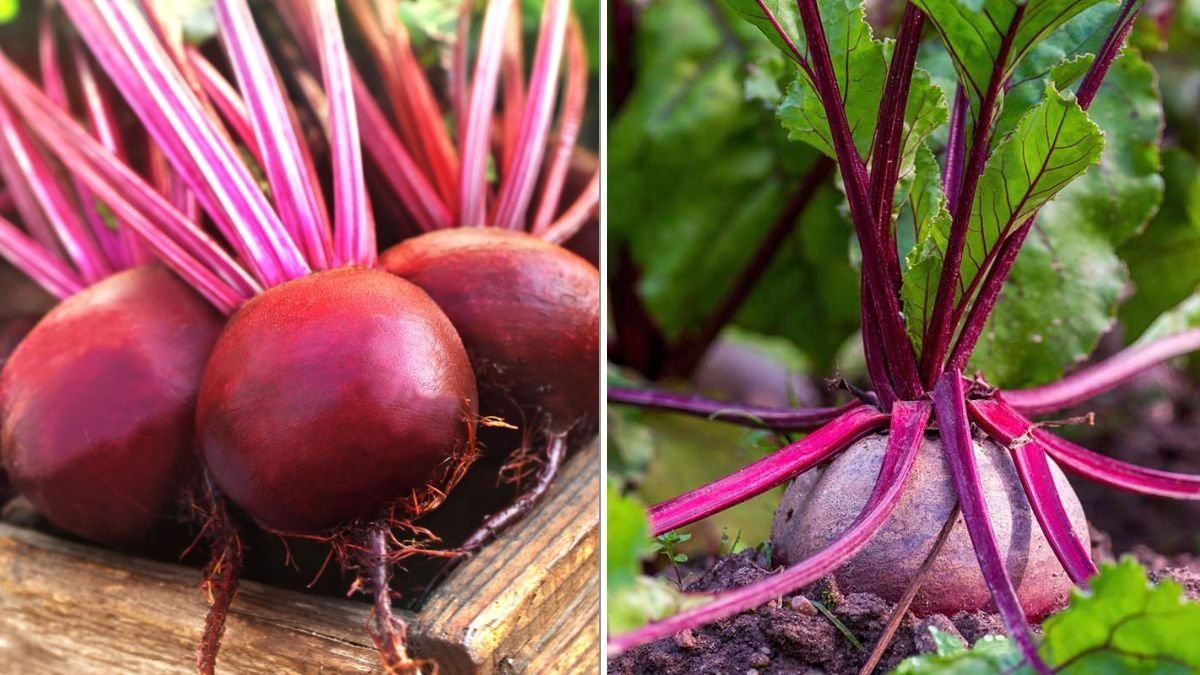





Leave A Comment